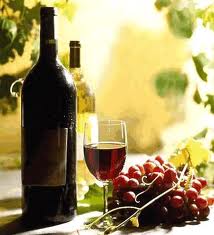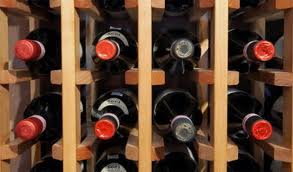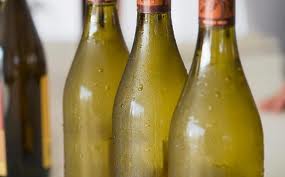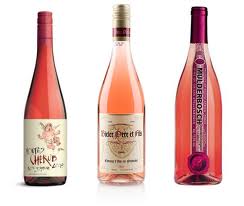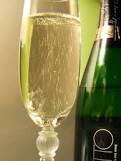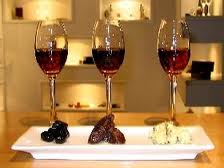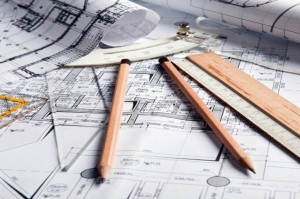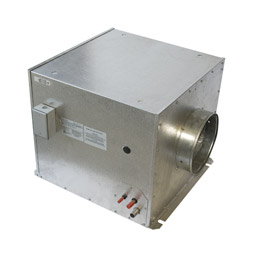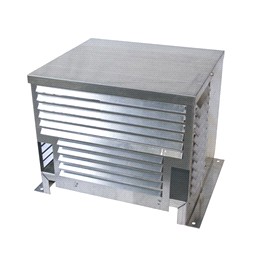Wines are produced by converting grape juice into alcohol through the process of fermentation. Yeast strains are responsible for turning sugars in grapes into alcohol and carbon dioxide. Wines are usually made with grapes from the Vitis Vinifera grape genus varieties. Different grape varieties and yeast strains can yield different types of wine.
There are over a hundred varieties of wines, but they can all be classified into five types: red, white, rosé, sparkling, and fortified wines. Each type has its own unique characteristics, and requires different wine storage temperatures.
Wine Storage Temperature for Red Wines
Red wine is an alcoholic beverage made from black grapes. Its distinctive red and deep purplish color comes from grape skins which are included during the fermentation process. The color of red wine may vary depending on the grape variety and the way it is fermented. The ideal temperature range for storing red wines is 50 – 55 degrees Fahrenheit.
Common types of red wine are Bordeaux, Cabernet Sauvignon, Pinot Noir, Merlot, and Zinfandel. The flavor characteristics of red wine improve
further when allowed to aerate before serving. They are best served below room temperature or between 60 – 65 degrees Fahrenheit.
Wine Storage Temperature for White Wines
White wines are made from black-colored or green-colored grapes. When red grapes are used, the skins are removed before fermentation in order to keep the clear white color. They are best paired with white meat, such as fish and poultry.
The optimal wine storage temperature is 45 degrees Fahrenheit. Some well-known types of white wine are Sauvignon Blanc, Chardonnay, Pinot Gris, Riesling, and Petite Arvine.
Rosé wines have a pink color, derived through the skin contact method, wherein grape skins are allowed to come in contact with the juice for a
very short period before being discarded. This type of wine can also be produced by combining red and white wines. The temperature range for Rosé wine storage is between 45 – 60 degrees Fahrenheit.
Sparkling wines have a bubbly and fizzy texture produced by significant amounts of carbon dioxide. This carbon dioxide is usually produced
during the process of actually making the wine. A very popular type of sparkling wine is Champagne, from the Champagne region of France.
The sweetness level of sparkling wines can be described as brut (dry) or doux (a term used to denote the very sweetest of Champagnes). The required storage temperature for sparkling wines is between 43 – 47 degrees Fahrenheit.
Wine Storage Environment for Fortified Wines
Fortified wines are also known as dessert wines. They are produced by adding a distilled beverage or spirit during fermentation. Fortified wines are quite sweet which is why they are best paired with dessert. Unlike other wines, they do not require storage in a controlled environment. Port, Sherry, and Madeira are some of the most popular types of fortified wines.
Proper wine storage is important in maintaining the taste and flavor of wines. The right storage environment should have minimum temperature fluctuations and the right level of humidity. Installing a wine cellar cooling unit inside the wine storage room will help maintain the desired climate conditions.
Regardless of the types of wine you have in your collection, wine cellar refrigeration systems will make sure that the temperature range stays at 50 – 57 degrees Fahrenheit, and humidity levels remain within 50% – 60%. A climate controlled environment is integral to preserving the quality of your wine collection over time.
To view the various types of wine cellar refrigeration systems that you can use for your wine storage room, click on these links:





